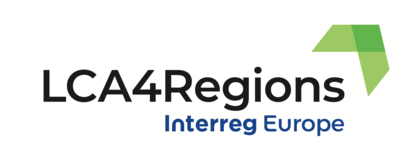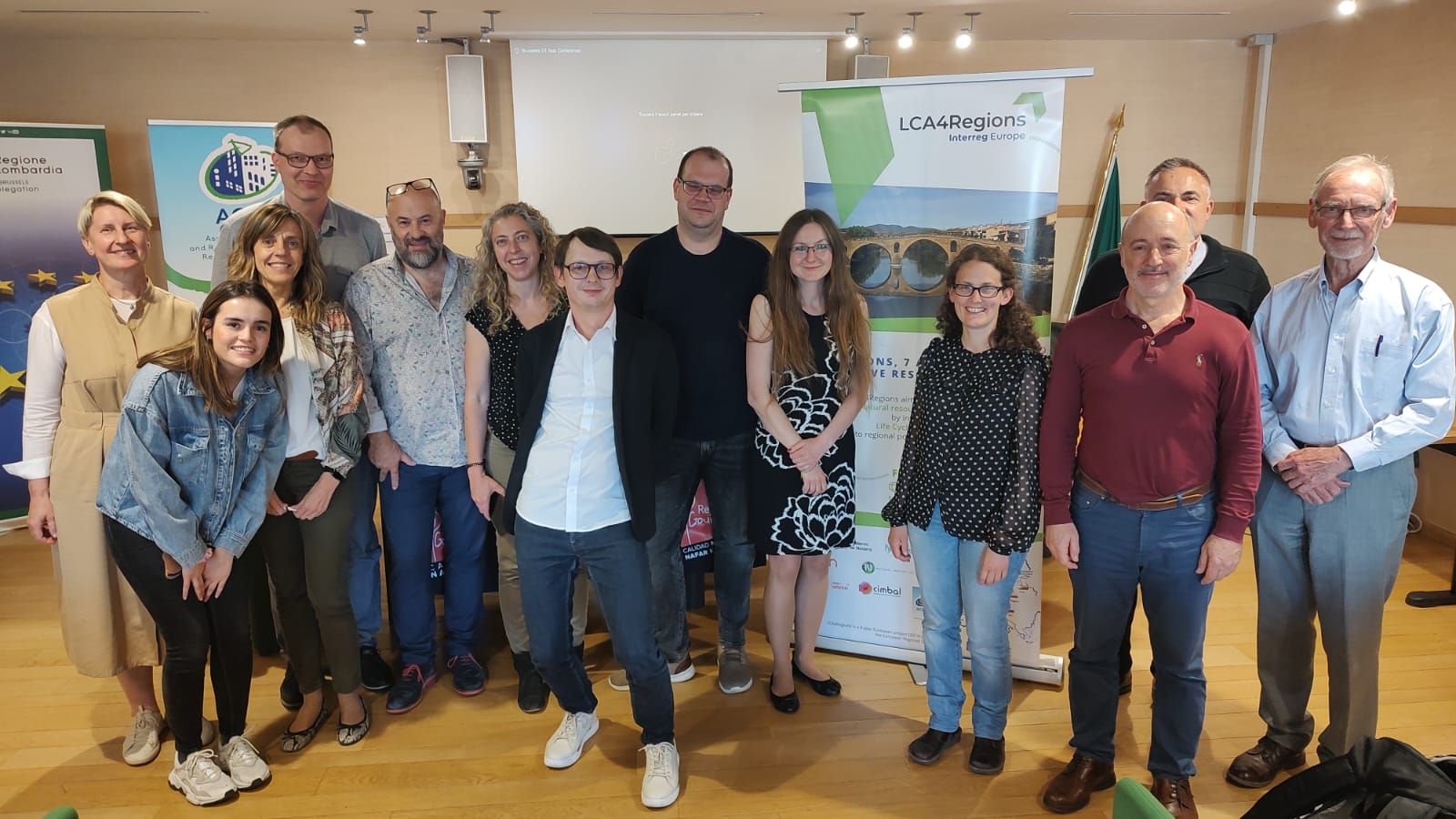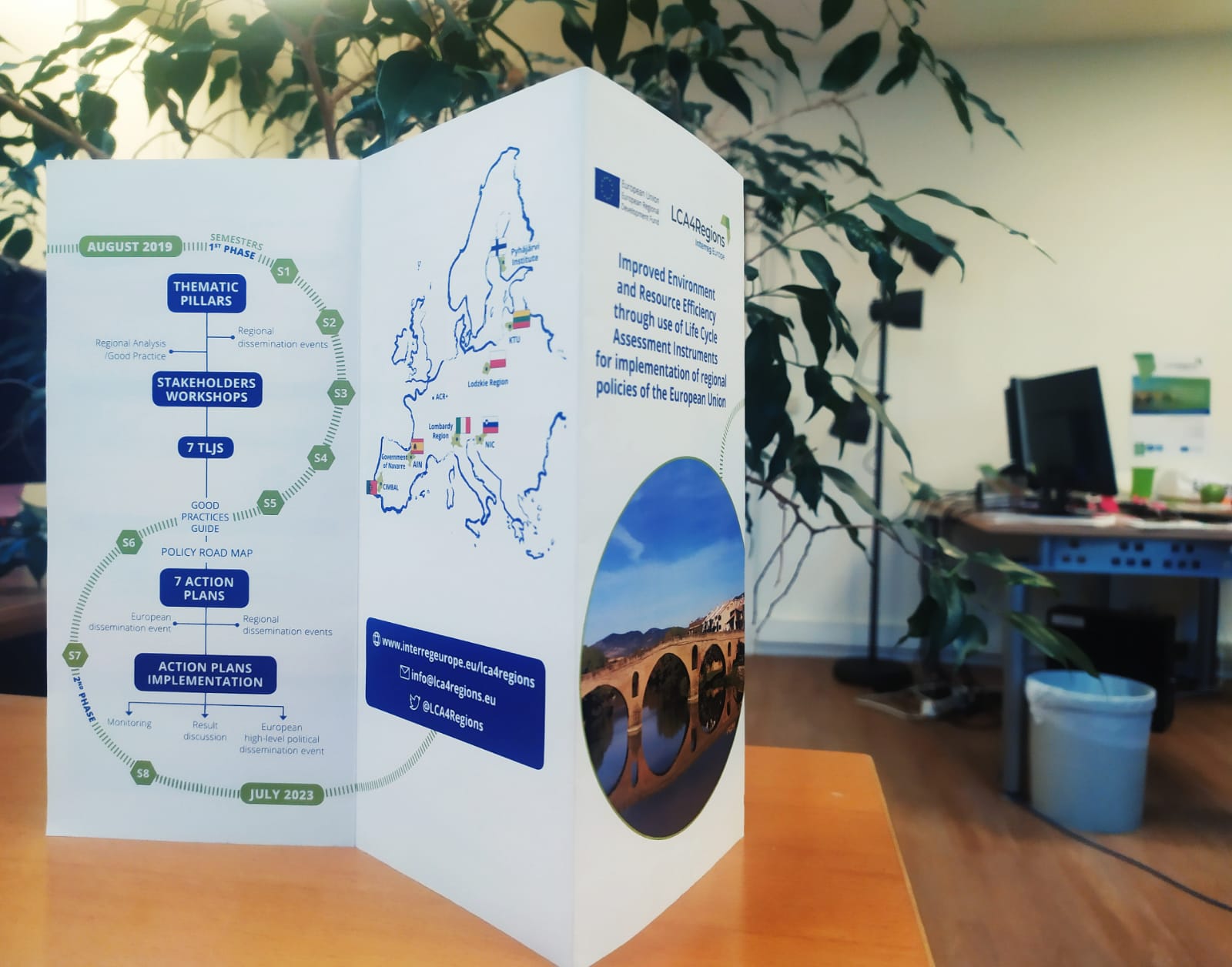Meet Satakunta region, in Finland, host of our third Transnational Learning Journey.
Satakunta’s ID card
The hosting partner of this TLJ:
 Country: Finland
Country: Finland
Capital of the region: Pori
Population: 216,752 inhabitants (2019)
Policy instrument priority axes:
- Competitiveness of SMEs;
- Producing and using the latest information and knowledge;
- Employment and labour mobility;
- Education, skills and lifelong learning;
- Social inclusion and combating poverty.
Economy: energy production, heavy engineering, offshore, process industry, ports and logistics and diversified food industry.
Promising pillars: resource efficiency, waste management and material flows, green public procurement.
Background: The global footprint of Finnish consumption is the biggest challenge for sustainable development. Finland is dependent on foreign raw materials. Poor sustainability indicator status is notified in dead wood in forests and high nature value farmland. Phosphorus and nitrogen loads on the Baltic Sea from Finnish rivers are high. Alarming indicator status is given for greenhouse gas emissions and removals and natural resource/raw material consumption and breakdown.
Notification of waste hierarchy is generally at the good level in Finland. However, to be notified also, is waste creation and diminished use of raw materials.
To improve:
- Regional plans and programmes: regional Plans, such as Regional Programme of Satakunta, are a general document, and includes less concretion. National-based licensing operations are slow, material do not meet (location/amount/quality). Notifications about waste creation and diminished use of raw materials could be better indicated at policy level.
Waste incineration operates by market-driven basis. Nine big incinerators in Finland and several smaller units operate at the moment. Capacity is not enough, and waste is transported to Sweden and Estonia, as well. No long-term environmental thinking.
Policies for subsidies utilisation (market & environmental issues - driven) should be developed.
The existing networks, such as FISU (Finnish sustainable communities) and HINKU (Towards Carbon Neutral Municipalities) should be further supported, as well as Green procurement strategies (earmarked support for green procurements) and Green urban planning (such as public transport, industrial symbioses with efficient side stream utilisations).
Difficulties in managing all the influences, LCA unclear and challenging, companies reluctant to share ideas. - Regulatory framework: regulatory framework is based on national legislation. LCA is more regularly taken into consideration under preparative processes of new legislation. Processes are slow.
Partner in LCA4Regions:he Pyhäjärvi Institute
 Pyhäjärvi Institute is a regional centre of research, development and education in the municipality of Eura, in Satakunta, Southwest Finland. The main activities of the Institute are planning and implementation of development projects, carrying out scientific research, organising further education especially for regional companies and producers, and providing expertise services for food economy and aquatic systems. Pyhäjärvi Institute is an important partner to create and execute the Operational Programme in Satakunta region. Institute is a member of 8 regional networks and unions that act as advisory groups for regional policy planning, contributing to the execution of Satakunta Regional Programme, for which the policy instrument acts as the guiding document.
Pyhäjärvi Institute is a regional centre of research, development and education in the municipality of Eura, in Satakunta, Southwest Finland. The main activities of the Institute are planning and implementation of development projects, carrying out scientific research, organising further education especially for regional companies and producers, and providing expertise services for food economy and aquatic systems. Pyhäjärvi Institute is an important partner to create and execute the Operational Programme in Satakunta region. Institute is a member of 8 regional networks and unions that act as advisory groups for regional policy planning, contributing to the execution of Satakunta Regional Programme, for which the policy instrument acts as the guiding document.
More: www.pyhajarvi-instituutti.fi
The team behind the Pyhäjärvi Institute
Teija Kirkkala, is the director of the Pyhäjärvi Institute. She is an expert in environmental questions of food production, food processing and water protection.
Pekka Maijala is an expert of food production systems, especially food and bioprocessing technologies. He has specialised in sustainability and circular economy aspects.
Elisa Mikkilä is an expert in handling and analysing data of various food and environmental topics. She has specialised in GIS data and map layouts with Quantum GIS, and operates fluently with various project dissemination and executing activities.










